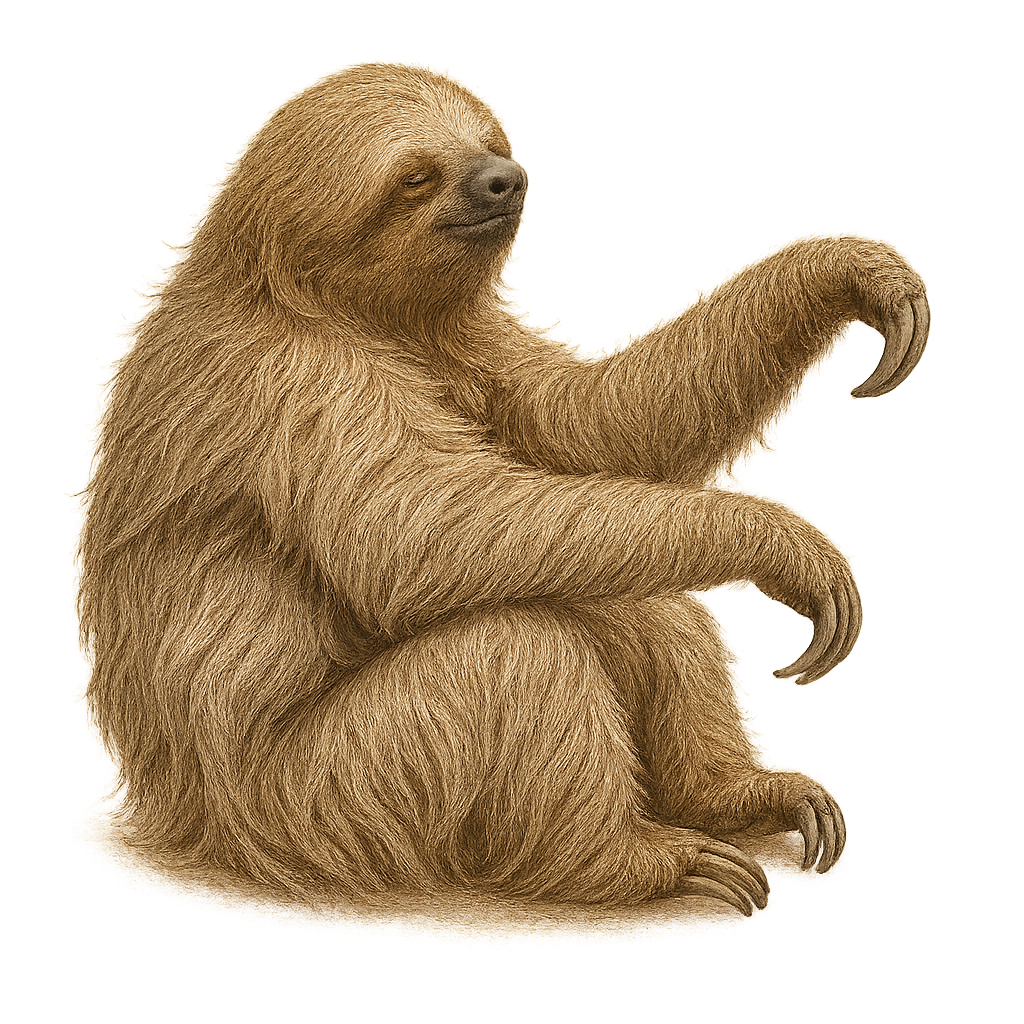Your wildlife photography guide.
Explore the linnaeus's two-toed sloth in detail, study its behavior, prepare your shots.
Where to observe and photograph the linnaeus's two-toed sloth in the wild
Learn where and when to spot the linnaeus's two-toed sloth in the wild, how to identify the species based on distinctive features, and what natural environments it inhabits. The WildlifePhotographer app offers tailored photography tips that reflect the linnaeus's two-toed sloth’s behavior, helping you capture better wildlife images. Explore the full species profile for key information including description, habitat, active periods, and approach techniques.
Linnaeus's two-toed sloth
Scientific name: Choloepus didactylus

IUCN Status: Least Concern
Family: MEGALONYCHIDAE
Group: Mammals
Sensitivity to human approach: Tolerant
Minimum approach distance: 10 m
Rut period: June to August
Gestation: 180-195 jours
Births: December to January
Habitat:
Tropical forests, rainforests, mangroves
Activity period :
Mainly active at night, generally discreet during the day.
Identification and description:
The Choloepus didactylus, commonly known as the Linnaeus's two-toed sloth, is an arboreal mammal native to the tropical forests of South America. It is primarily nocturnal and spends most of its time hanging from tree branches using its strong claws. Its diet mainly consists of leaves, fruits, and flowers. This sloth is known for its slow metabolism and ability to remain motionless for extended periods. Its dense, waterproof fur protects it from the elements and helps it blend into the canopy. Although often solitary, it can sometimes be seen in small family groups.
Recommended lens:
400 mm – adjust based on distance, desired framing (portrait or habitat), and approach conditions.
Photography tips:
To photograph the two-toed sloth, it is advisable to use a telephoto lens of at least 400mm to capture detailed images without disturbing the animal. Look for angles that highlight its natural environment, such as branches and foliage. The natural light of the morning or afternoon can add warmth to your photos. Be patient and wait for the sloth to move or interact with its environment to get dynamic shots.
The WildlifePhotographer App is coming soon!
Be the first to explore the best nature spots, track rutting seasons, log your observations, and observe more wildlife.
Already 1 432 wildlife lovers subscribed worldwide

